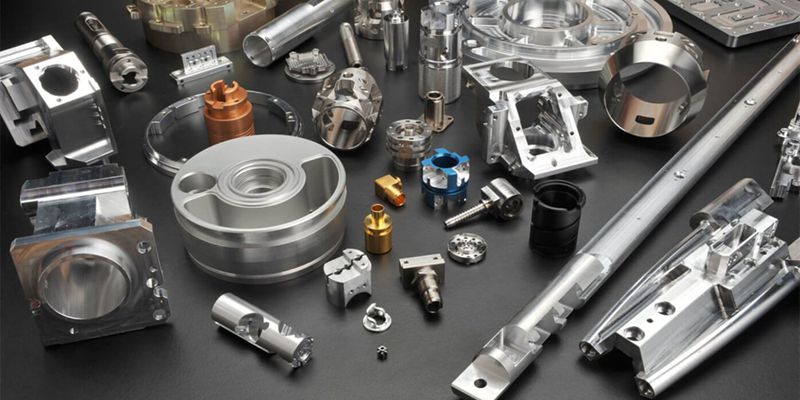- June 9, 2022
Design for assembly and Design for manufacturing are two separate methodologies, often looked at as one, which is called DFMA. Design for assembly is the optimization of the product and assembly process, while Design for manufacturing focuses on materials selection and manufacturing processes.
A good design for assembly is essential for manufacturability. This involves creating parts and products that can be assembled quickly and effortlessly. This blog post will give you a complete overview of the design for assembly. Keep on reading.
What is Design for Assembly?
Design for assembly also referred to as DFA, is the process of designing products and assemblies so that they can be easily and efficiently assembled. The goal of DFA is to minimize the number of parts, the amount of time it takes to assemble the product, and the cost of assembly.
DFA is an important tool for engineers when designing products. By using DFA, engineers can optimize the design of a product for assembly, and make sure that the product can be assembled quickly, easily, and inexpensively.
It is usually done early in the product development cycle before any prototypes are built. This allows engineers to make changes to the design of the product so that it can be more easily assembled.
Importance of Design for Assembly
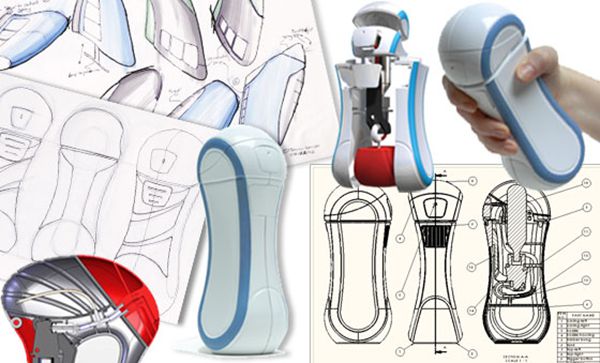
It helps decrease production time: DFA can help streamline the design process, reducing the need for multiple revisions and changes. This can help speed up production times, allowing new products to be manufactured more quickly.
It helps decrease production cost: DFA can help you design better products at a lower cost by using fewer parts in your design.
It helps decrease material usage and wastage: DFA helps streamline production processes and reduce material waste by eliminating the need for repeated trials.
It helps increase the product’s reliability: Through DFA, designers strive for reliability in the products by reducing the number of assembly parts, which reduces the likelihood of failure.
It helps ease the assembling and disassembling of the product: Design for assembly aims for modular design to make it easier to put products together. Besides, it also makes it easier to take them apart. This is essential for repairing and maintaining products.
It helps in setting up automated assembly: With the help of DFA, the assembly steps are simplified, and machines or robots can align the assembly parts with increasing the efficiency of production processes. This assembly automation means easy assembly for the manufacturer and reduced cost.
Design for Assembly Principles
Design for assembly is a set of rules and guidelines that help you design your product to make it easy to assemble. It is essential to follow these assembly key principles because they will streamline the prototyping process, reduce the time and money spent on assembly, and increase product quality and customer satisfaction. The following are serval assembly principles.
Minimize the number of parts
One of the key goals of DFA is to minimize the number of parts. The part count is a vital indicator of the design quality of a product. In general, good products have fewer parts, and those parts tend to be more durable and easier to manufacture, repair and maintain. Besides, minimizing the number of different types of parts and simplifying the shape of each part is also essential.
Optimize assembly operations and process
Try to reduce the number of assembly operations required to make product development processes faster, more manageable, consistent and productive. When designing a product for assembly, you should consider the type of assembly process that will be used in the entire product line. There are two main types of assembly processes: automated and manual. Automated assembly processes are generally faster and more efficient than manual ones, but they can be more expensive to set up and maintain. Manual assembly processes, on the other hand, are typically less expensive to set up and maintain, but they can be slower and less efficient.
Consider modular designs
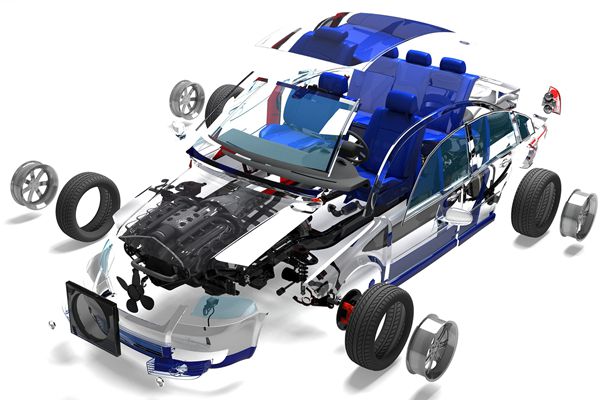
To achieve fast and efficient assembly, designers should consider modular designs and incorporate modular assemblies, which means using standardized components that are interchangeable with other components in terms of size and shape.
Besides, Modular design also has many benefits, one of the key benefits of modular design is that it makes a system more scalable. This means that a system can be easily expanded or modified as needed without having to completely redesign the entire system. Additionally, modular design can make a system more flexible, allowing it to be adapted to different environments or applications.
For example, a company that makes bicycles might design a frame that can be easily assembled with different types of forks, wheels, and components. This would allow the company to quickly produce different models of bicycles without having to redesign the entire frame each time.
Build in fasteners
The number of parts that must be manufactured and assembled can be reduced by incorporating fasteners into the parts themselves. This will eliminate screws, bolts, or other additional components, consequently speeding up the assembly process.
Another way is to design parts that can be assembled without the need for fasteners such as screws or nails. Parts that fit together without fasteners are called snap-fit parts. Snap-fit parts are easier to assemble and disassemble, and they are less likely to come loose over time
Create symmetry design
In product design and engineering, symmetry is often used to create a more aesthetically pleasing design or to make a design more functional. For example, many products are designed with symmetrical components so that they can be assembled easily and correctly.
When designing for assembly (DFA), engineers should take into account the principles of symmetry to streamline the assembly process. There are two main types of symmetry that are considered in DFA: bilateral and rotational. Bilateral symmetry means that a product can be divided into two equal halves, with each half being a mirror image of the other. This is the most common type of symmetry used in product design.
Rotational symmetry means that a product can be rotated around a central point and still look the same. This type of symmetry is often used in products that need to be assembled from multiple parts so that each part can be rotated into position easily.
In general, products with more symmetrical designs are easier to assemble than those with less symmetry. By taking into account the principles of symmetry, engineers can design products that are easier and faster to assemble, resulting in lower production costs.
Use Mistake-proofing (or Poka-Yoke)
Designers can also use Poka-Yoke principles during the product development process. It can help avoid issues during assembly by making it more challenging to fit parts incorrectly. Mistake-proofing involves designing the product in such a way that it is impossible to assemble it incorrectly.
This can be done in a number of ways, such as adding any physical obstruction (like a notch) to the part or using color-coding or different shapes for different parts. Mistake-proofing can make assembly much easier and faster, as well as reduce the risk of errors.
Take available standardized parts
Designing for assembly means using parts that are commercially available and standardized. This makes it easier and less costly to assemble the product. It also makes it easier to replace parts if they break or wear out.
There are many benefits to using standardized parts in the assembly. First, it reduces the overall number of parts that must be handled, sorted, and assembled. This can lead to a significant reduction in labor costs. Second, it can also reduce necessary production equipment and the amount of time required for assembly, as well as the likelihood of errors. Finally, it can improve the quality of the final product, as standardized parts are more likely to fit together correctly and function properly.
Keep tolerances realistic
If a part cannot be assembled within the specified tolerances, it is likely that the design itself is at fault. In many cases, it is possible to redesign the part so that it can be assembled within the required tolerances. When assessing whether tolerance is realistic, it is important to consider all of the factors that will affect assembly, including:
- The size and shape of the part
- The type of assembly process (manual or automated)
- The skill level of the operators
- The type of equipment being used
If tolerance is found to be unrealistic, it should be revised. In some cases, it may be possible to increase the tolerance slightly to account for manufacturing variation. However, it is important to keep tolerances as tight as possible to ensure the quality of the finished product.
Other considerations
In order to design for assembly, engineers must first understand the assembly process. They need to know how the product will be assembled, what tools and equipment will be used, and what the assembly sequence will be. With this information, they can then design the parts and components so that they can be easily and efficiently assembled.
When designing your product, avoid making the components too small or too large. Add features that make it easier to grab and move the parts, and make it easy to orient and insert them. Self-aligning and self-locating parts can speed up assembly significantly. Sometimes a small chamfer or dimple can make a big difference.
Be mindful of certain types of elements (springs, cup-shaped objects, etc.) that are known to tangle and jam together. When an assembly worker has to spend time untangling or separating nested parts, it is wasted money and potential.
In conclusion, designers should try to keep the product design as simple as possible and avoid unnecessary features. This will significantly reduce the overall production cost and assembly cost.
6 Tips for DFA To Make Differences
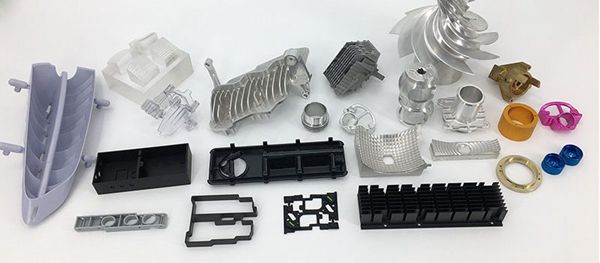
The design of the assembly process is essential to translating customers’ needs into a practical product design that can be manufactured. DFA allows us to visualize the client’s requirements and design a product that meets those needs. However, DFA can be a challenge, but there are some general tips that can help make the process easier.
1. The nature of the product should be considered prior to production. This will help you understand the assembly requirements and whether the product will need maintenance or repair.
2. When designing a product, it is important to anticipate potential problems during assembly or repair and develop solutions to address those issues.
3. Test assembly operations and processes by making prototypes to find and correct faults.
4. Use off-the-shelf components (COTS parts) in your design. Minimizing the need for in-house custom machining and fabrication allows the manufacturing floor to focus on aspects of your design that are unique or challenging. Using these parts reduces the time and effort it takes to manufacture your design.
5. Take tolerances realistic or within reasonable limits. Extremely precise tolerances are unnecessary as they are time-consuming and can lead to assembly problems and high manufacturing costs.
6. To improve the speed and accuracy of an assembly process, avoid small or large components and provide your parts with features that make it easier to grasp, move, orient, and insert them.
What is the Difference Between DFA and DFD?
There are a few key differences between design for assembly (DFA) and design for disassembly (DFD). DFA focuses on simplifying the assembly process, while DFD emphasizes ease of disassembly. Additionally, DFA typically results in products with fewer parts and less complexity, while DFD often adds extra features to facilitate disassembly.
DFA seeks to minimize the number of parts, assembly steps, and complexity in a product. The goal is to make the assembly process as efficient and straightforward as possible. This often results in products that are simpler in design and easier to manufacture. DFA is typically applied early in the design process before final specifications are set.
DFD, on the other hand, focuses on making the disassembly process easy and efficient. The goal is to minimize the time and effort required to disassemble a product so that it can be recycled or reused. DFD often adds extra features to a product, such as easy-to-remove fasteners, to facilitate disassembly. DFD typically results in products with more parts and greater complexity. Because of this, DFD is often an after-thought in the design process.
Injection Molding Design for Assembly
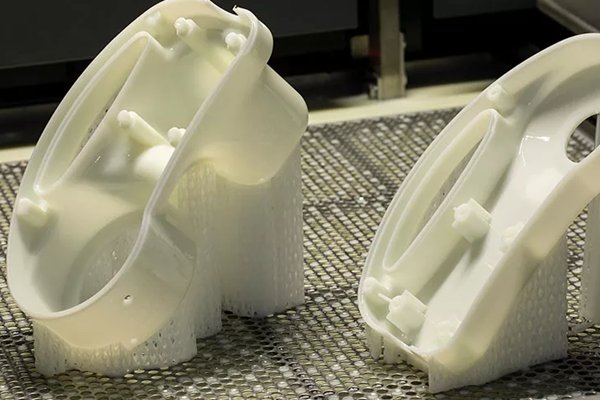
Designing for Assembly of injection-molded components with other parts requires understanding the various assembly methods and how they affect the overall design.
This section will discuss fasteners assembly in injection molded parts and explain how they can be incorporated into your design strategy.
During the design phase of plastic injection molding, designers aim to reduce the number of parts used in their products.Reducing the number of parts can improve a product’s efficiency and cost-effectiveness. Designers should look for opportunities to built in fasteners to optimize assembly.
Mechanical fastening
Mechanical fasteners are the most common type of fastener. They include screws, nuts and bolts, rivets, studs, clips, and other metal fasteners used to join two or more objects together.
When choosing fasteners for your product, use screws with a diameter appropriate for the job, head styles that can be automated, and washers to avoid loose parts.
Self-tapping screws are another option because they skip unnecessary assembly time.
Using mechanical fastenings adds to the costs of manufacturing the product but also allows for easy repairs or end-of-life recycling if permanent.
When designing using metal fastenings, remember material differences caused by environmental changes; temperature and moisture can affect material properties.
Snap fits
Snap joints or snap fit fasteners are a type of built in fasteners, just like adhesive fasteners.
They are a very simple and economical way to join two elements together. They are used when the elements are too large or too heavy for other types of fasteners, like screws or nails.
The parts are brought together, and a hook snaps into an undercut on one element, and the parts are then connected.
The hook and undercut must be designed to be separated again without damaging either component; otherwise, they will become permanently attached.
Snap-fit parts may have higher mold cost due to complicated cross-sections required, but assembly costs are relatively low.
3D Printing Design for Assembly
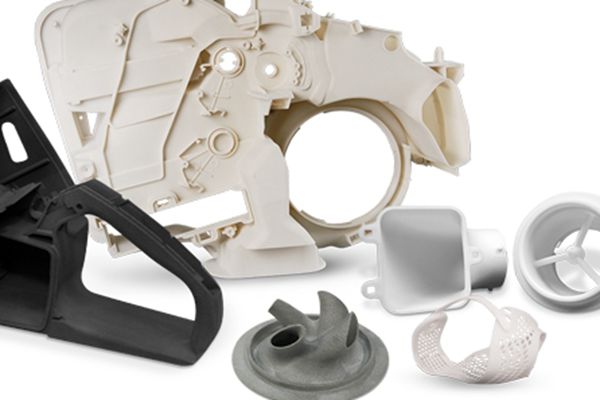
Engineers are always looking for ways to improve their designs, to make them faster, better, cheaper, or lighter. This is where 3D printing kicks in!
3D printing can make prototyping easier and more efficient. However, here are a few DFA tips that you must follow for designing your parts:
1. Create the individual components that will make up your assembly. Make sure that each part fits together well and has no overlapping faces or fillets.
2. When designing in 3D CAD, it’s essential to keep separate components separate. When two parts overlap, your 3D printer will print them together as if they were one component. Ideally, moving assemblies with separate components would have no contact between them, but this is not possible in real life. Therefore, it is essential to ensure that there is negative space between all components in an assembly.
3. To create a 3D-printed object using soluble support material, a printer must extrude model material and support material. If only model material is used, the model will not be printable because there will be nothing to fill the gaps left by air during the printing process.
4. To make sure 3D-printed assembly functions smoothly, reduce friction by printing components that are not meant to come apart as one piece.
5. When designing a complex assembly for 3D printing, it’s best to break the components into separate parts that can be printed individually. For example, if you have an assembly with multiple parts made of different materials and colors—and your printer cannot print using multiple materials—you’ll have to print one part at a time and assemble them afterward.
Get Started DFA at WayKen
Overall, DFA is a powerful tool that can be used to improve the efficiency of the manufacturing process and reduce the cost of manufacturing a product. When used properly, DFA can help to improve the quality of the final product and to reduce the time and labor required to assemble it.
So, finding a manufacturer for your project that understands the effective application of manufacturing and assembly principles is critical. Here at WayKen, with years of manufacturing experience, our engineers will help you conduct a high-level review of your product design by simulating and analyzing the assembly process to optimize DFA.
We also provide a variety of product design and manufacturing consulting services to help you get your parts ready for production, including DFM, part inspection, and more. Contact us today to check more!

